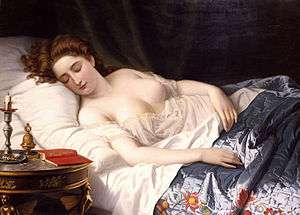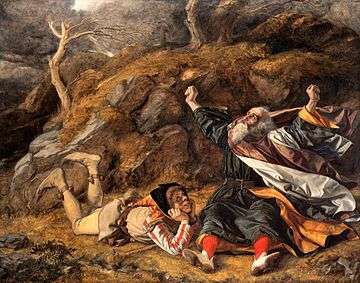Holinshed's Chronicles
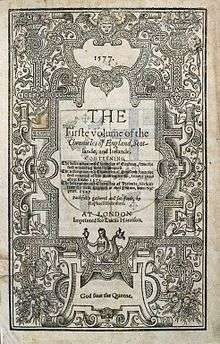
Holinshed's Chronicles, also known as Holinshed's Chronicles of England, Scotland, and Ireland, is a collaborative work published in several volumes and two editions, the first in 1577, and the second in 1587. It was a large, comprehensive description of the British history.
The Chronicles are a source of interest to many because of their links to Shakespeare's plays.
Description
In 1548 Reginald Wolfe, a London printer, conceived the idea of creating a "Universal Cosmography of the whole world, and there with also certain particular histories of every known nation." He wanted the work to be printed in English and he wanted maps and illustrations in the book as well. Wolfe acquired many of John Leland's works and with these he constructed chronologies and drew maps that were up to date. When Wolfe realised he could not complete this project on his own, he hired Raphael Holinshed and William Harrison to assist him.
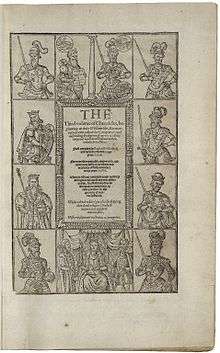
Wolfe died with the work still uncompleted in 1573, and the project — changed to a work specifically about the British Isles — was run by a consortium of three members of the London stationers. They kept Raphael Holinshed who employed William Harrison, Richard Stanyhurst, Edmund Campion and John Hooker. In 1577 the work was published in two volumes after some censorship by the Privy Council of some of Stanyhurst's contribution on Ireland.[1] When the Chronicles were first published, they were met with suspicion by many scholars, who regarded the works as un-academic.
Influence on Shakespeare
Shakespeare is "widely believed"[2] to have used the revised second edition of the Chronicles (published in 1587) as the source for most of his history plays, the plot of Macbeth, and for portions of King Lear and Cymbeline.
Several other playwrights, such as Christopher Marlowe used the Chronicles as a source.
The Chronicles and Macbeth
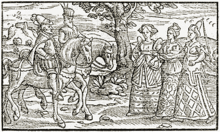
Shakespeare used Holinshed's work extensively in Macbeth, but, in modified form. An instance is the Three Witches, whom Holinshed describes as "creatures of the elderwood ... nymphs or fairies". Nymphs and fairies are generally viewed as beautiful and youthful, but Shakespeare's three witches in Macbeth are ugly, dark, and bizarre. It is believed that he made the change to heighten the suspense and darkness of the play.[3] However, the Chronicles were lacking any description of Macbeth's character, so Shakespeare improvised on several points.[3] The characters Banquo and Fleance were also taken from Holinshed’s works, but they are now considered to be inventions of the 16th century.[4]
References
- ↑ (King's College London) Holinshed's Chronicles February 2005. Accessed 1 June 2008. Archived July 6, 2009, at the Wayback Machine.
- ↑ "Holinshed's Chronicles, 1577 - The British Library". Bl.uk. 2015-11-23. Retrieved 2016-11-05.
- 1 2 "Shakespeare's Sources for Macbeth: Holinshed and Witches". Shakespeare-online.com. 2000-08-20. Retrieved 2016-11-05.
- ↑ "shakespeare.com FAQ". Shakespeare.nowheres.com. Retrieved 2016-11-05.
Bibliography
- Kewes, Paulina; Archer, Ian W.; Heal, Felicity, eds. (2013). The Oxford Handbook of Holinshed's Chronicles. Oxford: Oxford University Press. ISBN 978-0-19-956575-7.
- Patterson, Annabel (1994). Reading Holinshed's Chronicles. Chicago: University of Chicago Press. ISBN 0226649113.
Modern edition
- Holinshed, Raphael. Holinshed's Chronicles England, Scotland, and Ireland. Ed. Vernon F. Snow. New York: AMS, 1965.
External links
- Excerpts from Holinshed's Chronicles, Volume V: Scotland, at Macbeth Navigator.
- Works by Raphael Holinshed at Project Gutenberg
- Holinshed's Chronicles at Project Gutenberg
- The Holinshed Project at Oxford University, with parallel texts of the 1577 and 1587 editions.
- 1587 facsimile, from the University of Pennsylvania
- Essay on Raphael Holinshed
- Macbeth: What is its relationship to Scottish history?
